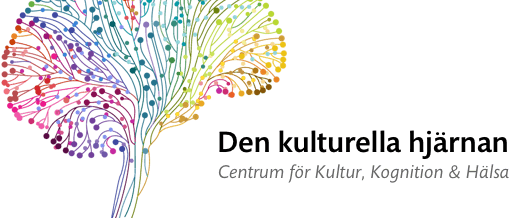Studier av vilka delar av hjärnan som engageras när man hör berättelser som väcker medkänsla respektive beundran för yttre alternative inre egenskaper/smärtor visar att olika nätverk i hjärnan aktiveras när känslorna väcks av psykologiska/inre respektive fysiska/yttre faktorer. (Av Mary Helen Immordino-Yang, Andrea McColl, Hanna Damasio och Antonio Damasio, 2009)
Titel: Neural correlates of admiration and compassion
Författare: Immordino-Yang, Mary Helen, McColl, Andrea, Damasio, Hanna, Damasio, Antonio
Publikation: PNAS
Volym: 106
Nummer: 19
Sidor: 8021-8026
Publicerad: 2009
Sammandrag: In an fMRI experiment, participants were exposed to narratives based on true stories designed to evoke admiration and compassion in 4 distinct categories: admiration for virtue (AV), admiration for skill (AS), compassion for social/psychological pain (CSP), and compassion for physical pain (CPP). The goal was to test hypotheses about recruitment of homeostatic, somatosensory, and consciousness-related neural systems during the processing of pain-related (compassion) and non-pain-related (admiration) social emotions along 2 dimensions: emotions about other peoples' social/psychological conditions (AV, CSP) and emotions about others' physical conditions (AS, CPP). Consistent with theoretical accounts, the experience of all 4 emotions engaged brain regions involved in interoceptive representation and homeostatic regulation, including anterior insula, anterior cingulate, hypothalamus, and mesencephalon. However, the study also revealed a previously undescribed pattern within the posteromedial cortices (the ensemble of precuneus, posterior cingulate cortex, and retrosplenial region), an intriguing territory currently known for its involvement in the default mode of brain operation and in self-related/consciousness processes: emotions pertaining to social/psychological and physical situations engaged different networks aligned, respectively, with interoceptive and exteroceptive neural systems. Finally, within the anterior insula, activity correlated with AV and CSP peaked later and was more sustained than that associated with CPP. Our findings contribute insights on the functions of the posteromedial cortices and on the recruitment of the anterior insula in social emotions concerned with physical versus psychological pain.
Länk till original: http://www.pnas.org/content/106/19/8021.abstract

